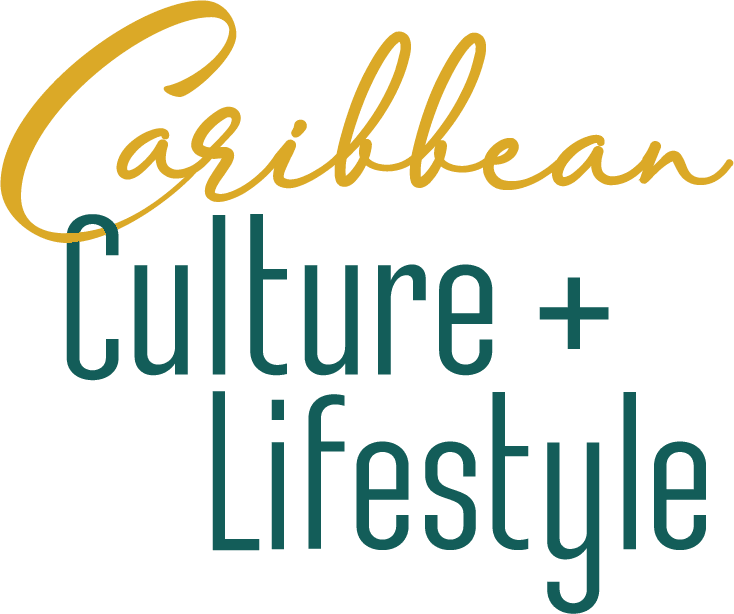Join the United Nations Environment Programme’s (UNEP) Wild for Life for a virtual, immersive dive through three unique but connected marine ecosystems in Belize! Mangroves, seagrass and coral reefs are all threatened by human activity. Instead, this marine journey allows you to explore underwater magic as three different personas. Firsthand, you can see how biodiversity functions to deliver vital goods and services to humanity, the threats these ecosystems face and how simple actions can help to better protect the interconnected habitats.
The personas – a tourist, recreational boater or fisher – are chosen to represent people visiting the ocean for holidays, those who live near the ocean and enjoy it recreationally, and people who operate a business involving the ocean. Each has unique motives and possible threats, as well as a unique opportunity to protect ecosystems. Participate and try all three!
Why Belize?
Neighbor to Mexico and Guatemala, Belize is home to a 300km stretch of the Mesoamerican barrier reef, upon which nearly 200,000 people depend for tourism and fishing. The country is renowned for its innovative marine strategies geared at protecting oceans. For instance, a license is needed to fish in Belize’s closely managed waters and catch must be reported, helping curb illegal fishing.
Exploring Underwater Ecosystems
If diving into the journey as a tourist, the first ecosystem users encounter are mangroves; they are touted as the ‘Guardians of the Coast’. Users will learn that mangroves provide the nursery habitat for many commercial fish species. Not to mention, also help mitigate climate change as extremely efficient carbon sinks. But, mangroves are under threat from the negative impacts of human activities such as coastline development, aquaculture and pollution. While journeying through the mangroves, you can see the impact of human actions like feeding fish on their environment.

Seagrass beds play important roles as nurseries and more.
















